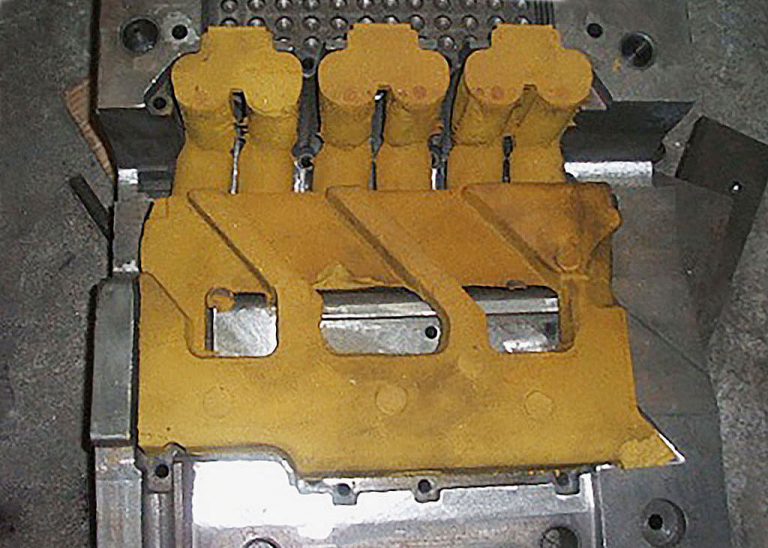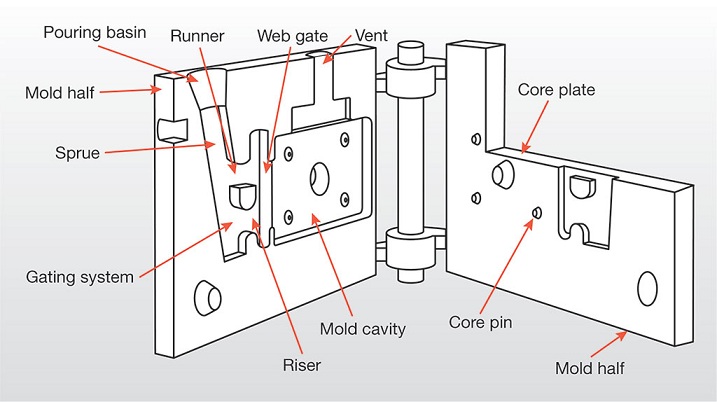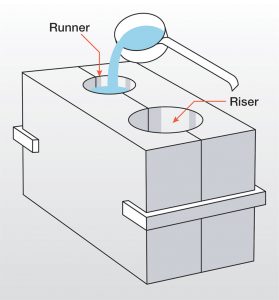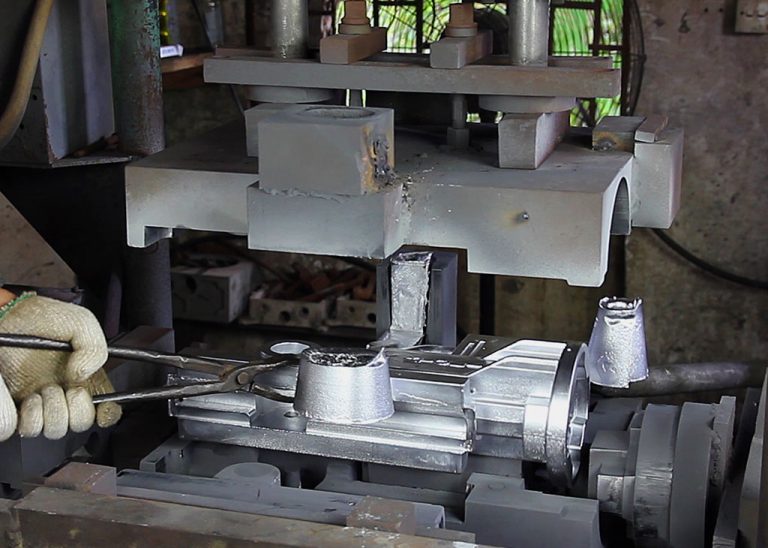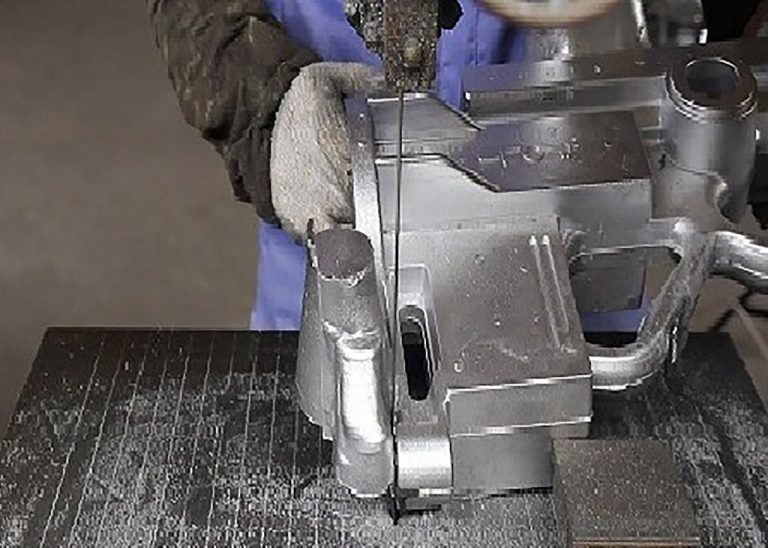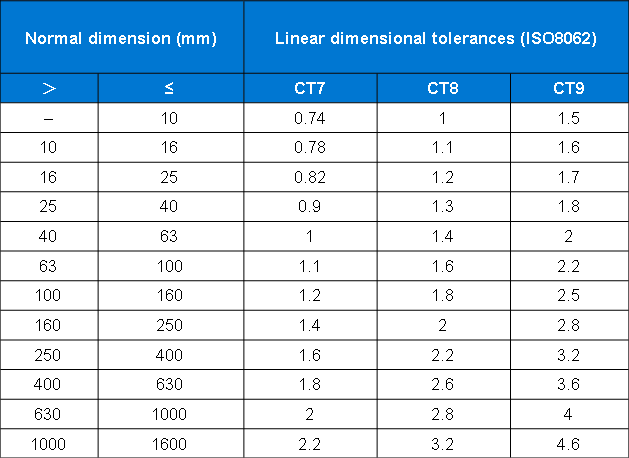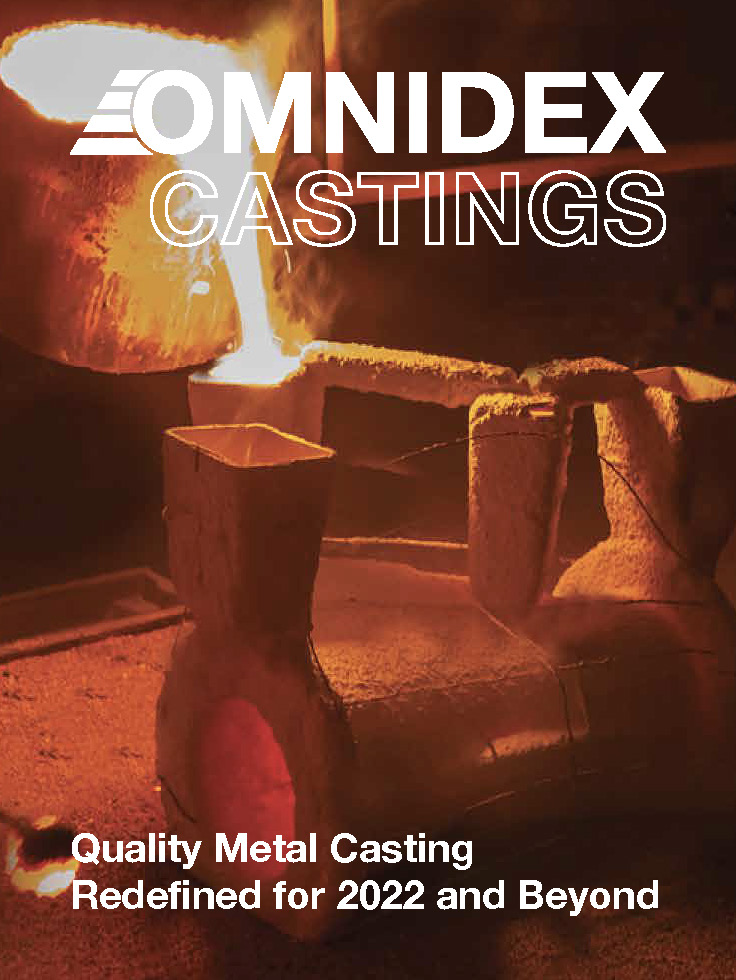Our Locations
One-stop International Manufacturing Services
Head Quarter
- 1008, Floor 10, Wuzi Building, Beijiaochang Henglu 12, Yuexiu District, Guangzhou, P.R. China 510050
- +86 20 8388 7080
- info@omnidexgroup.com
UK Sales Office
- +44 (0) 776963 3868
- uksales@omnidexgroup.com
For Other Locations
- Asia Pacific, South America, Africa and rest of the world:
- +86 20 8388 7080

